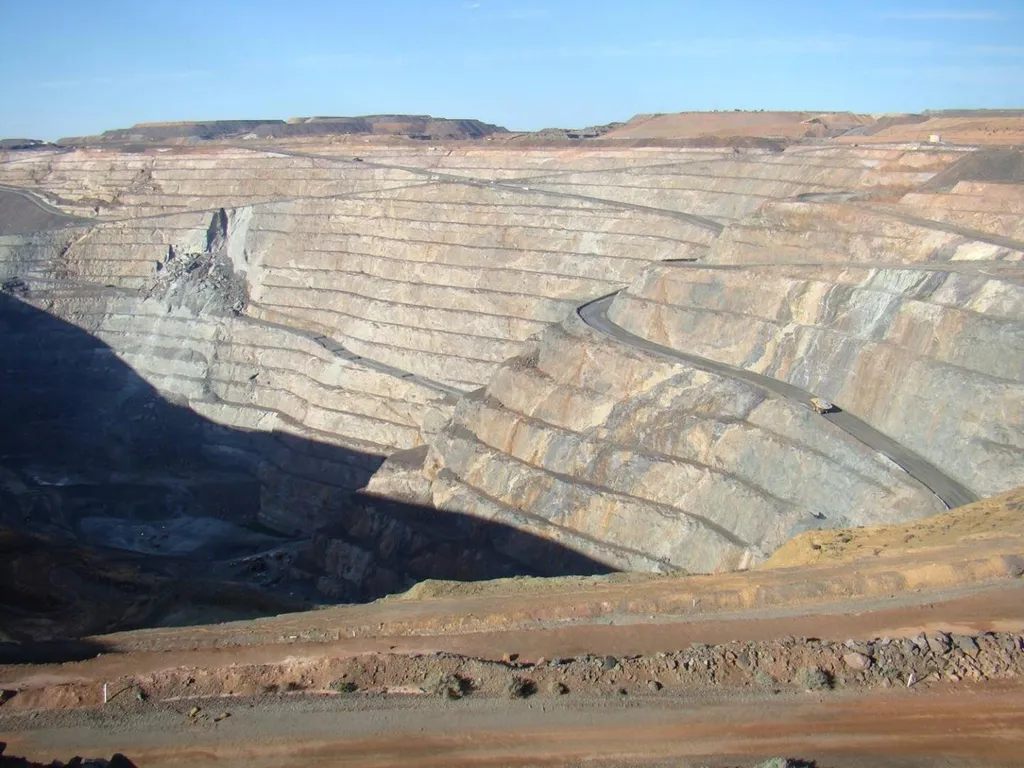In the ever-evolving landscape of mineral extraction, researchers are continually seeking innovative solutions to enhance efficiency and reduce waste. A recent study published in *Известия Томского политехнического университета: Инжиниринг георесурсов* (Tomsk Polytechnic University Journal: Engineering of Georesources) offers a promising approach to improving the efficiency of gold ore deposit development. Led by Anton Yu. Cheban, the research focuses on extracting fine ore from substandard mineral raw materials, potentially revolutionizing the way the industry handles low-grade ores.
The study addresses a critical challenge in open-pit mining: the extraction of large amounts of substandard ores that often contain a significant share of the deposit’s metal reserves. Cheban and his team discovered that in samples of blasted substandard ore mass, the gold content in smaller classes (–15+10, –10+5, and –5+0 mm) was 1.38–2.30 times higher than the average gold content. This finding suggests that these smaller classes, when separated from the ore mass, can be profitably processed alongside standard poor ore using heap leaching.
The proposed scheme involves large-portion sorting of ore in dump trucks, followed by the separation of productive fractions of rational size from substandard ore with varying contents of useful components. This separation occurs at an improved screening and crushing transfer point during ore transportation by automobile and conveyor transport. “The implementation of this technological scheme allows for the additional involvement of ore mass containing 7.3% of the metal extracted from the subsoil,” Cheban explains. “This reduction in gold losses with stored substandard ores by 1.62 times is a significant step forward.”
The commercial implications of this research are substantial. By optimizing the processing of substandard ores, mining operations can reduce waste and improve overall efficiency. This not only enhances profitability but also contributes to more sustainable mining practices. As the industry faces increasing pressure to minimize environmental impact, such innovations are crucial.
The study’s findings could shape future developments in the field by encouraging the adoption of flexible quality management schemes during ore transportation. This approach could be particularly beneficial for complex-structured deposits with relatively low metal content, which are becoming more common as higher-grade deposits are depleted.
Cheban’s research highlights the importance of continuous innovation in the mining sector. As the industry strives to balance profitability with sustainability, such advancements are essential. The study’s publication in *Известия Томского политехнического университета: Инжиниринг георесурсов* underscores the significance of academic research in driving practical solutions for real-world challenges.
In an era where resource efficiency and environmental stewardship are paramount, Cheban’s work offers a glimpse into the future of gold ore deposit development. By leveraging innovative technologies and methodologies, the mining industry can continue to evolve, meeting the demands of a changing world while maximizing the value of its resources.

